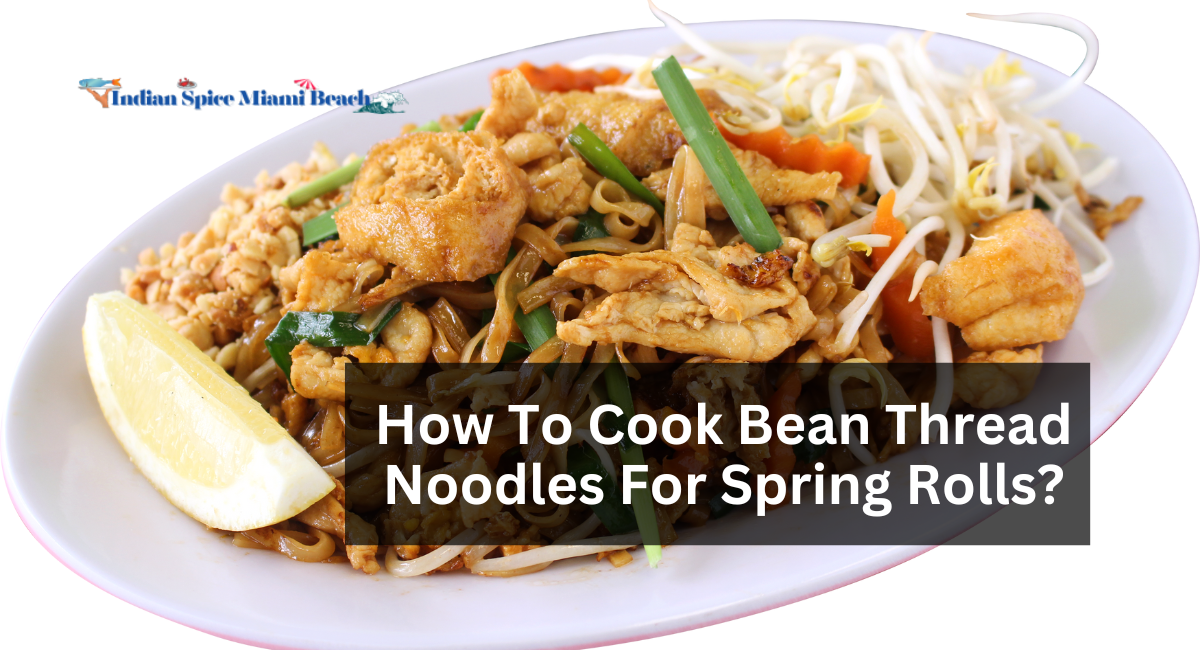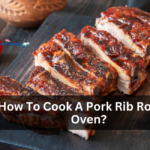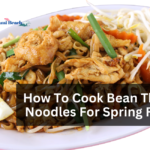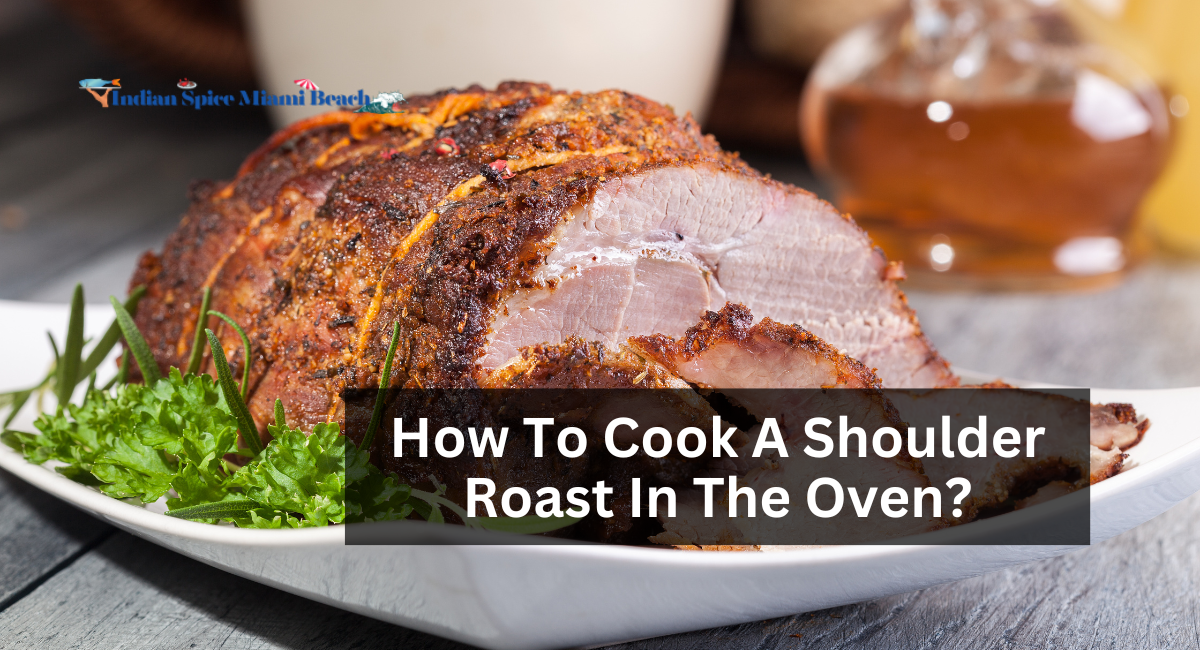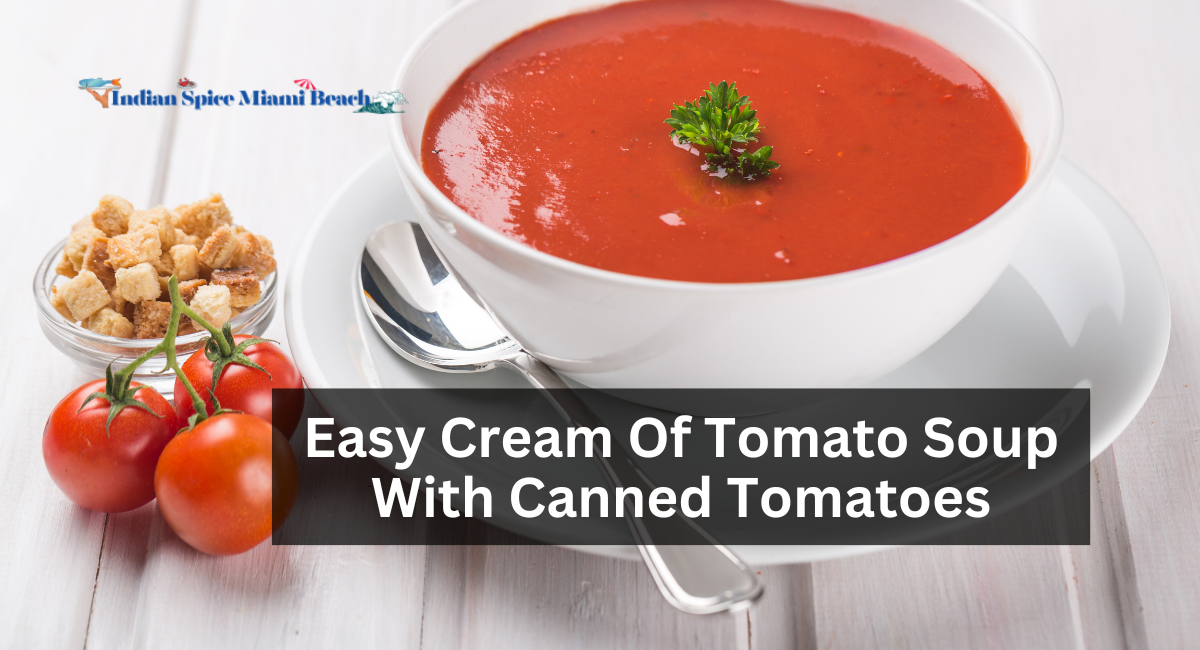Are you commencing a gustatory expedition in the form of palatable spring rolls? By perfecting the skill of preparing bean thread noodles—a fundamental component that imparts a delectable texture and flavor to your spring rolls—you can elevate the quality of your dish. Popular in Asian cuisine, these transparent, thin, cellophane, or glass noodles are produced from mung bean starch. This article, will explain how to cook bean thread noodles for spring rolls.
Ingredients
- Glass noodles or bean thread noodles are alternative names for cellophane noodles.
- Water to be boiled
- A sprinkle (optional) of salt
- Ice-filled bowl of water (for chilling)
How To Cook Bean Thread Noodles For Spring Rolls?
Instructions
1. Boiling The Bean Thread Noodles
To begin, bring water in a pot to a rolling simmer. Ensure that the bean thread noodles can be completely submerged in the saucepan.
A sprinkle of salt may be added to the boiling water to enhance the flavor profile. The salt will augment the noodles’ flavor.
After the water has reached a rapid boil, carefully incorporate the bean thread noodles into the vessel. Avoid overcrowding the noodles, as this could cause them to adhere to one another.
2. Cooking Time
Time-wise, the noodles should be cooked for around 5 to 7 minutes. Observe them and stir them intermittently to prevent adhering. Cooking times may differ; therefore, it is recommended to consult the instructions on the package for precise information.
3. Testing Doneness
Analyze the doneness of the noodles by removing a single strand using either a utensil or a pair of chopsticks. Verify through tasting that it is chewy and malleable but not mushy. If the noodles remain overly rigid, continue the simmering process for an extra minute or two.
4. Draining
After the noodles have achieved the intended consistency, remove them expeditiously through a colander or sieve. This aids in the elimination of surplus water and halts the boiling process.
5. Rinsing
The drained noodles should be rinsed under cool running water. This process fulfills two objectives: it expeditiously reduces the temperature of the noodles, thereby averting overcooking, and it eliminates any remaining starch, thereby preventing their adhesion.
6. Cooling
In a bowl, combine cold water. For rapid cooling, submerge the rinsed noodles in the cold water. This stage is of utmost importance in preserving the consistency of the noodles and preventing them from becoming excessively mushy.
7. Draining Again
Once the noodles have chilled, once more drain them. A colander or a shaker can be utilized to remove any surplus water.
8. Cutting (Optional)
Consider slicing the bean thread noodles into more manageable lengths with kitchen shears if they are lengthy. This facilitates handling during the process of assembling spring rolls.
Tips
- Follow Package Instructions: It is imperative to adhere to the guidelines provided on the package when using bean thread noodles, including any specific recommendations regarding cooking durations or the brand of noodles.
- Use Enough Water: It is imperative to possess a sufficient quantity of scalding water. A lack of adequate water may result in the noodles becoming uncooked or adhering together.
- Avoid Overcooking: It is imperative to monitor the noodles closely to avert the risk of overcooking. Bean thread noodles that have been overcooked may lose their desirable texture and become soft.
- Stir sporadically: Stir the noodles intermittently throughout the boiling process to avert any potential adhering. With care, detach any filaments that have become entangled throughout the cooking procedure.
- Salt Adjustment: If one elects to incorporate salt into the boiling water, commence with a modest quantity and modify it according to personal flavor. The salt contributes to the noodles’ enhanced flavor.
- Rinse Immediate: To halt the cooking process, rinse the noodles under cool water immediately after draining. This aids in preserving their rigidity and hinders their potential for excessive pliability.
- Before Noodles Cool: Trimming the noodles into shorter lengths prior to their chilling process is more convenient. In the colander, cut the noodles using kitchen shears.
- Preparation Work for Spring Rolls: All spring roll ingredients, including fresh herbs, vegetables, and proteins, should be prepared in advance. When all components are designed in advance, assembly becomes expeditious and effective.
- Warm Water Dipping: To prepare rice paper wrappers for spring rolls, momentarily submerge them in warm water to facilitate rolling. For the best results, adhere to the guidelines specified on the package of rice paper.
- Experiment with Fillings: Feel free to conduct experiments utilizing various fillings to prepare your spring rolls. Incorporate multiple herbs, vegetables, and proteins to produce a flavorful and varied mixture.
- Serve with Dipping Sauce: Complement the meal with a delectable dipping sauce alongside the spring rolls. Typical alternatives include hoisin sauce, peanut sauce, or a straightforward soy-based dipping sauce.
While relishing the harmonious blend of tastes present in your homemade spring rolls, remember that proficiency in making bean thread noodles is an entry point to gastronomic greatness. Having been prepared to perfection, the translucent strands will harmoniously complement the freshness of the ingredients to produce a spring roll that not only provides gustatory pleasure but also demonstrates your culinary expertise.
Read More: How To Cook A Shoulder Roast In The Oven?
